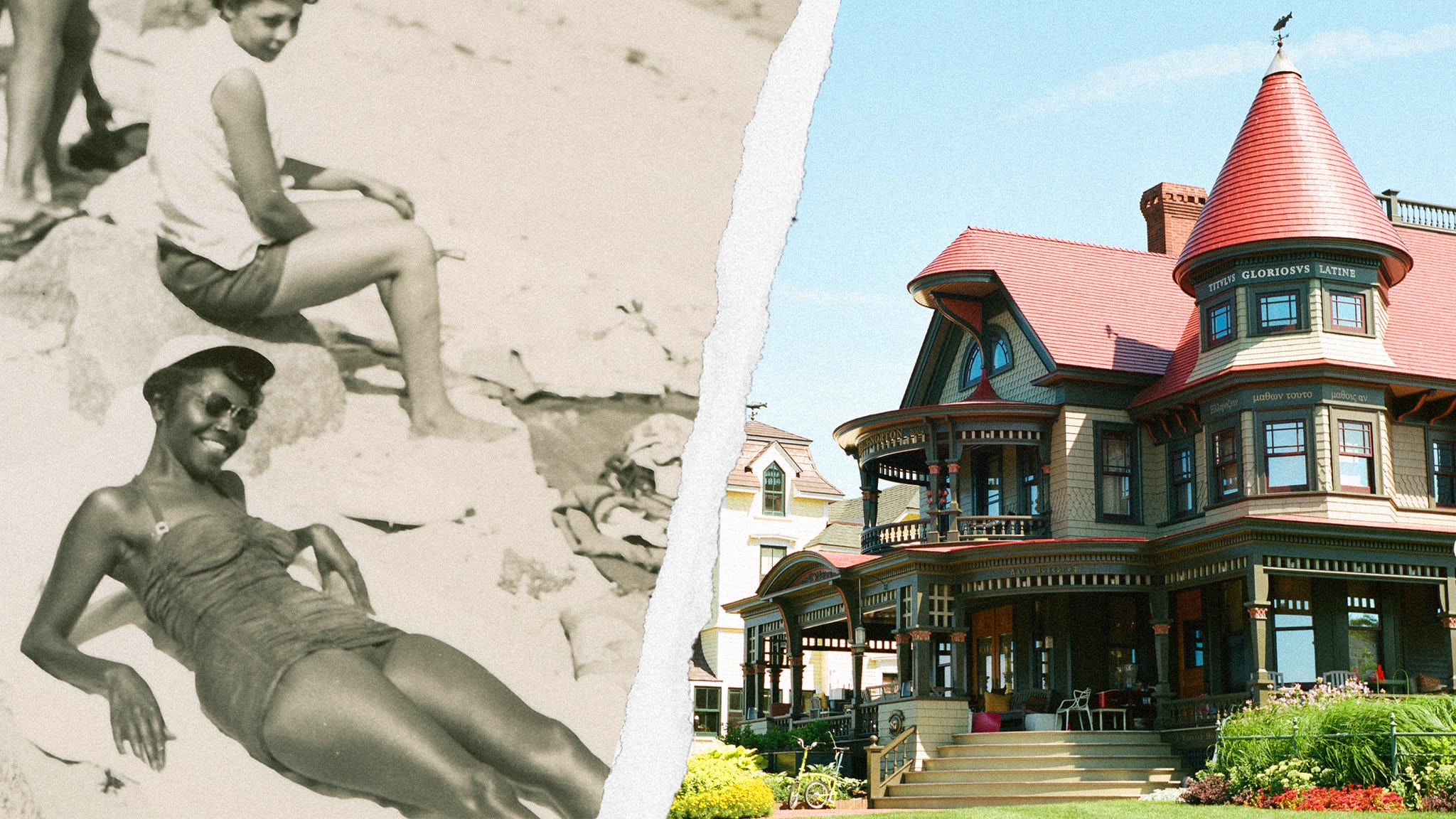The Real Story of Black Martha’s Vineyard
Beyond the beautiful beaches and glitzy galas, Oak Bluffs is a complex community that elite families, working-class locals and social-climbing summerers all claim as their own.
Elizabeth Gates was 12 the first time she snuck out of her family’s summer house. From the balcony of their white antebellum home, Gates could hear Biggie rap lyrics pulsing through her window, and she quietly made her way down to the beach where a mass of people were dancing in the thick, steamy air. That was how so many summers played out until Gates turned 16, when she no longer had a curfew and could finally stay out all night reveling in the beach parties and bonfires that drew heavy crowds to Oak Bluffs, a quaint town on the northeastern shore of Martha’s Vineyard, a 96-square-mile island shaped like a shark’s tooth off the coast of Massachusetts.
“It was this hub of relaxation, and a marker for all my rites of passage,” says Gates, a writer and the daughter of public intellectual and African-American scholar Henry Louis Gates Jr. In the past, Oak Bluffs has been hailed as a summer playground for the elite, but that neat summary doesn’t tell the full story, as interviews with close to a dozen summertime vacationers and longtime residents recently showed. As in any place with a treasured history, powerful personalities, breathtaking vistas and scarce acreage, there is tension: between longtime residents and newcomers, between year-rounders and those who summer, between old and new. And always, there is the fear that as this cherished community continues to evolve, it will lose the very things that make it so special.


